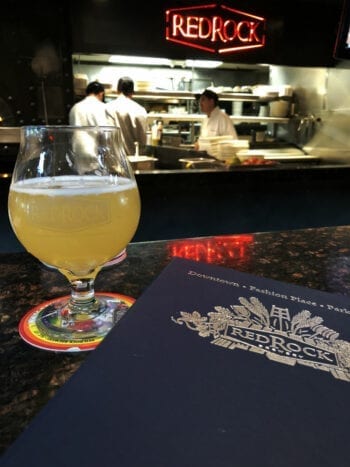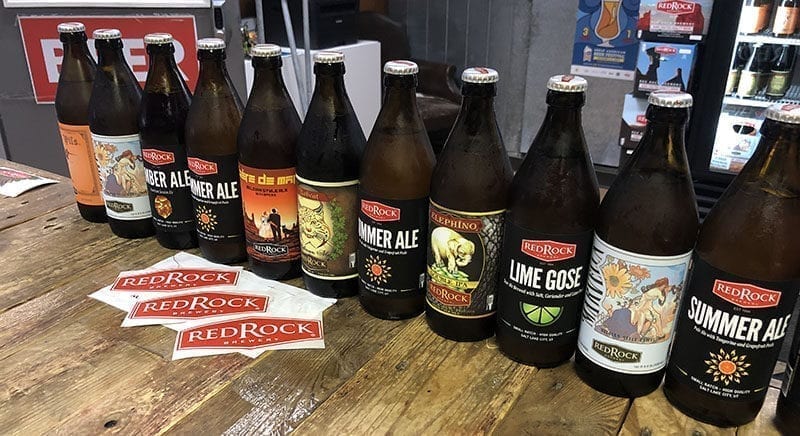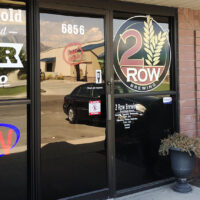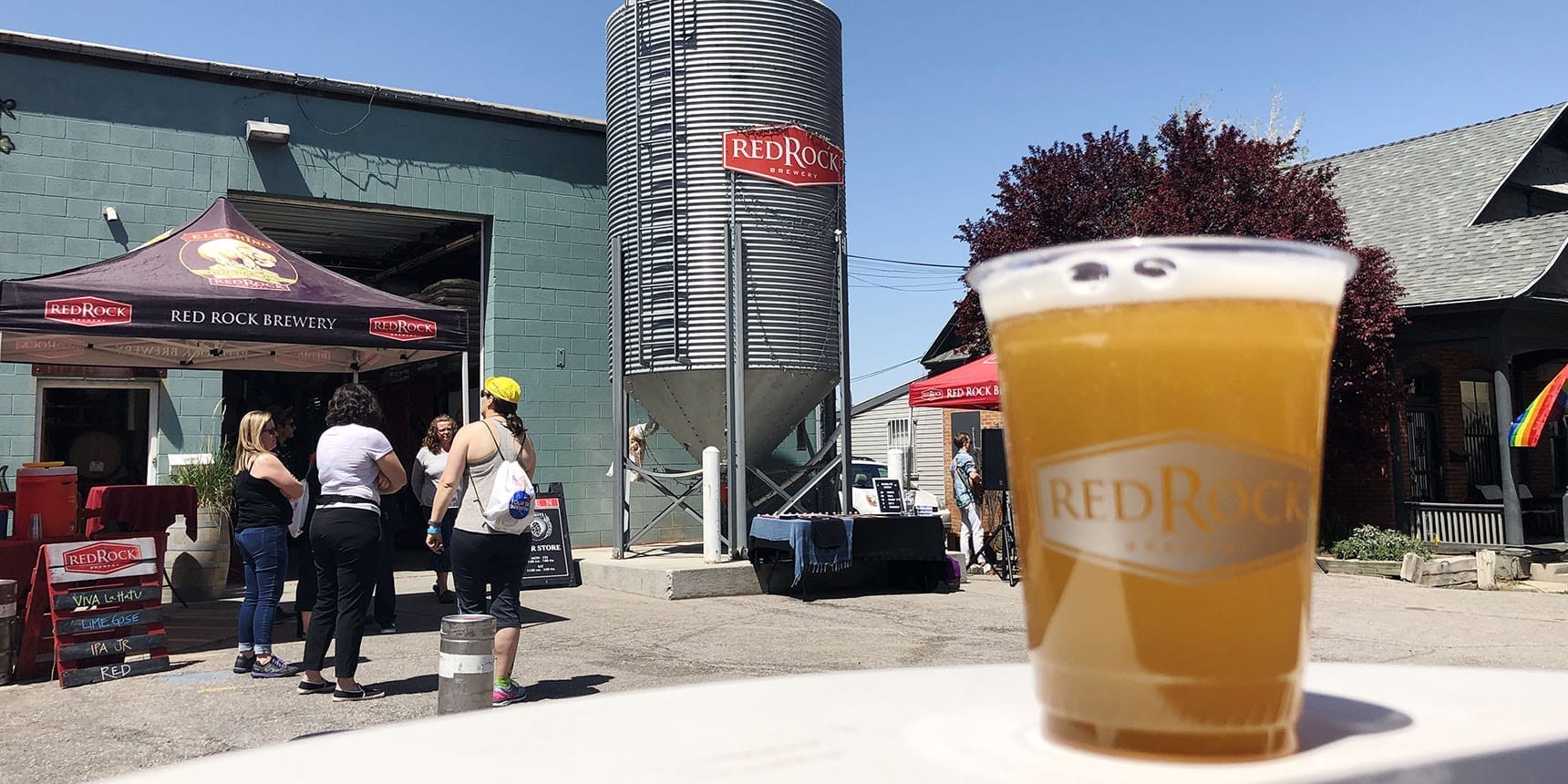
Red Rock Brewery is celebrating its 25th anniversary in 2019. Though one of Utah’s oldest craft breweries, it’s not one of the largest. Though it continues to grow, this year Red Rock expects to produce just 6,000 barrels (185,000 gallons) of beer.
That’s by design, says Shantel Stoff, Red Rock’s sales and distribution director.
“We’re old, but we’re small,” she says. “A couple of the big legacy brewers (in Utah are producing) 60,000 to 90,000 barrels a year.”
While larger brewers might have certain advantages over their smaller counterparts, Red Rock’s strategy suits it perfectly.
“Whenever you have Red Rock on draft, it’s coming directly from the brewery,” says Stoff, noting that Red Rock self-distributes its beer. “Sometimes (kegs) are filled the day before and they’re going straight to our licensees.”
Stoff joined us recently on our podcast episode in which we talked about this year’s Utah Beer Festival. Red Rock is one of only a handful of breweries involved in each of the 10 Utah Beer Festivals. As part of that discussion, Stoff also provided us with a few additional Red Rock notes our readers might enjoy.
Utah Beer News: For Your Ears
Bonus: Subscribe to the Utah Beer News Podcast and listen to our interview with Shantel Stoff, sales and distribution director for Red Rock. She explains why the Utah Beer Festival is so important, as well as expands on details specific to Red Rock’s new beers, new facilities, and more.
Two New Red Rock Beers
Red Rock, in addition to its flagship and year-round beers, is known for brewing a lot of seasonal releases. And though annual fan favorites Paardebloem and Rêve are delayed this year, two brand new brews are headed your way soon.
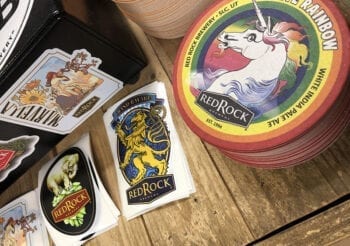 “We just cleared out a big space in the back of our warehouse to focus on some barrel stuff,” Stoff says, noting that the next batch of Rêve could start production soon.
“We just cleared out a big space in the back of our warehouse to focus on some barrel stuff,” Stoff says, noting that the next batch of Rêve could start production soon.
(But Paardebloem, which is currently aging in Chardonnay barrels and will feature dandelion greens, “just isn’t ready.” Next spring for that one.)
As for the new ones…
Otto, an American Imperial Pilsner, is the brainchild of Red Rock brewer Andrew. Described as pouring “crisp, clean, and bright,” it leans on Pilsner malt while offering aromas of tropical fruits. The 7.2% brew is expected to be available at the end of August.
Buffalo Point marks Red Rock’s foray into the New England-style IPA game. Brewer Ryan Murphy created this one. Red Rock is anticipating label approval this month and if all goes to plan, it should hit the market in September.
A Production Facility, A Tap Haus
Red Rock is planning to build a new production facility at 426 W. 400 N. in Salt Lake City, not too far from its existing brewery.
“We’ve just outgrown this one,” Stoff says. “This is a retrofitted building (that we’ll keep). We just got city council approval” to start construction on the new facility.
The brewery is envisioning a larger space with a taproom where the public can enjoy all Red Rock’s offerings — even the high-point beers, Stoff says.
In addition, Red Rock took existing space within its restaurant and pub in Park City and converted it into a 21-and-over Tap Haus. It will feature food specials and the complete lineup of Red Rock beers.
Looking Ahead
Red Rock joins the state’s 30+ craft breweries in preparing for Nov. 1. That’s when the Utah law goes into effect allowing grocery and convenience stores to sell beer up to 5% ABV.
Grand Bavaria, a Bavarian-style wheat beer, clocks in right at 5% ABV. Stoff says that one will automatically get de-listed by the Utah Department of Alcoholic Beverage Control (DABC) and added to grocery store shelves.
As for other recipes that might be tweaked to hit the 5% mark, Stoff says discussions are still taking place.
Red Rock took some hits during and immediately following the latest legislative session. But the brewery isn’t shying away from what could be another legislative battle.
The Utah Consumer Coalition, “designed and funded by the ownership of Red Rock,” is a group that aims to advocate on behalf of consumers for better beer laws.
Still in its infancy, the non-profit is primarily seeking to eliminate alcohol limits on draft beers served in restaurants, bars, and other watering holes.
The reason, Stoff says, is twofold.
- First, it ideally would decrease waste. Currently, breweries ship high-point bottles and cans to various establishments. The beer is then poured into a glass for the customer and the original packaging is discarded.
- And second, it would allow for smaller portions of higher alcohol beers to be served.
“You can drink Elephino or Marvella at 11% at Red Rock but I have to serve you 16.9 ounces,” Stoff says. “I can’t serve you less than a full bottle. It creates an opportunity for us to say we’re not interested in overserving.”
For more on the Utah Consumer Coalition, check out Kathy Stephenson’s article in The Salt Lake Tribune
